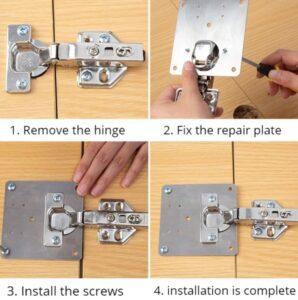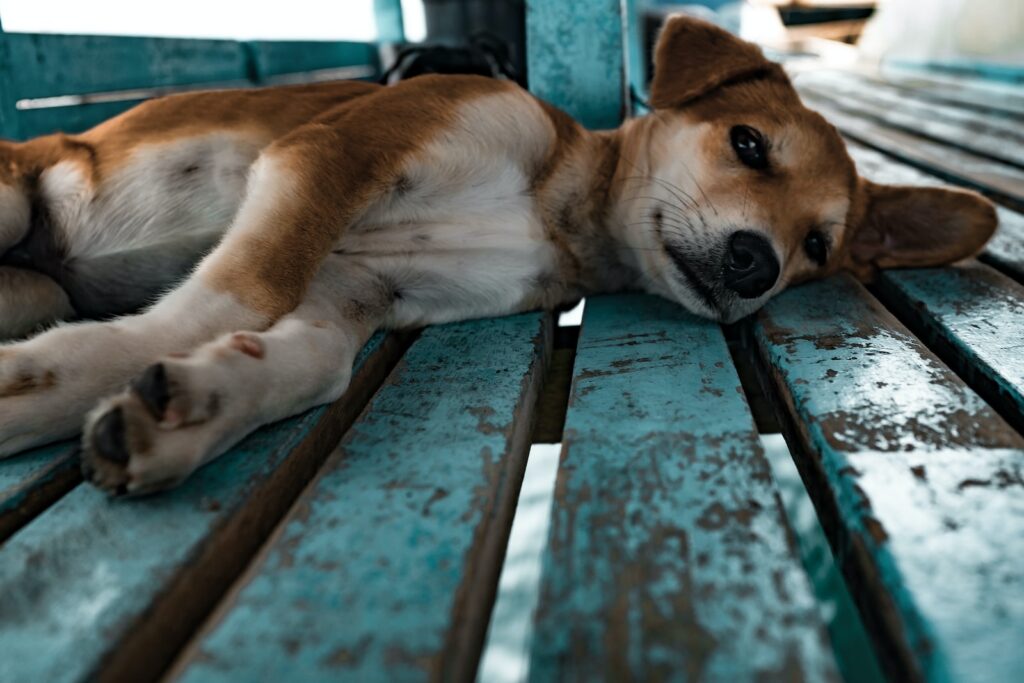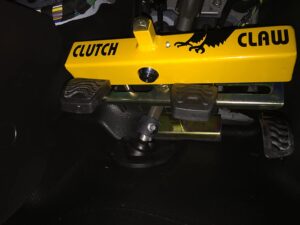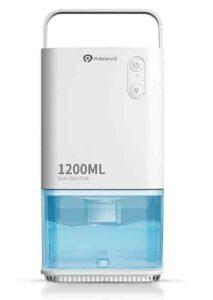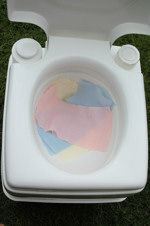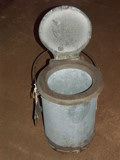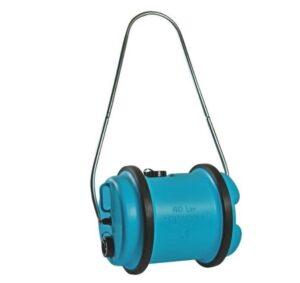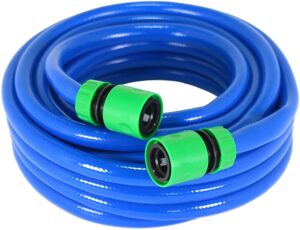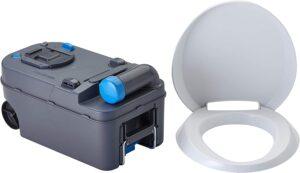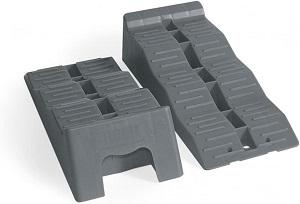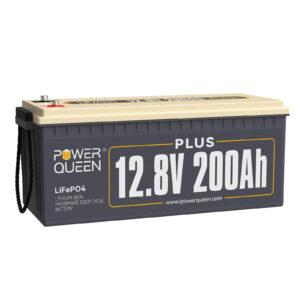Off Grid Motorhome Camping in Scotland
Would you like to leave the beaten path? If you don't mind missing out on everyday comforts and conveniences and want to explore areas of Scotland that few ever visit, then wild camping is for you. It's a great way to discover the remotest parts of the stunning countryside and get closer to nature. In addition, the experience definitely comes with a great sense of adventure!
READ THE SCOTTISH OUTDOOR ACCESS CODE
If you're going wild camping, make sure you're familiar with our Guide to Outdoor Safety and the Scottish Outdoor Access Code. It's simple and, campers should adhere to it, "leave-no-trace" ethic.
Here are some top points to follow:
1. If a site is already crowded, go on to a different one to avoid overcrowding.
2. Instead of an open fire, use a stove wherever feasible. During dry seasons or in vulnerable areas such as woods or peaty soils, never ignite an open fire.
3. Remove your trash and think about tidying up additional garbage as well.
4. If you're unsure, ask the landowner. Their suggestions can perhaps assist you in finding a better camping area.
Some Water disposal and freshwater points around Scotland
A GUIDE TO WILD CAMPING IN SCOTLAND
The Land Reform (Scotland) Act 2003, Scotland's access legislation, allows you to camp on most unenclosed land.Wild camping Byelaws apply in several locations of Loch Lomond & The Trossachs National Park owing to overuse. This implies that camping is only allowed in designated campgrounds or with a valid camping permit.

BE A RESPONSIBLE CAMPER
Quality time in Scotland is getting away from towns and civilisation to spend some quality time alone or with a few individuals. However, while doing so, you must be careful and respectful of your surroundings.Before you travel, familiarise yourself with the Scottish Outdoor Access Code and the dos and don'ts of wild camping in Scotland.
GUIDANCE ON LIGHTING FIRES
When wild camping, lighting a fire is a fantastic source of heat and a means to prepare food, but there are ways to do it safely for you and the environment.Instead of an open fire, use a stove wherever feasible.
If you do decide to build a fire, keep it small, controlled, and under your supervision.
Never ignite an open fire in regions such as forests, woodlands, farms, or peaty soils during protracted dry seasons.
Before you leave the area, double-check that the fire has been thoroughly extinguished and that all signs of an open fire have been removed.
WILD CAMPING TOP TIPS TO REMEMBER
Leave the camp in the same condition as you found it.Choose a flat, dry spot to pitch your tent instead of excavating or clearing grass and pebbles.
If you want to camp near residences, ask the locals.
Motorized vehicles are exempt from the wild camping laws. Read our camping and caravanning recommendations to learn more about parking in the outdoors.
Sites that are at risk of being overused should be avoided.
Take extra precautions when it comes to toilet hygiene. When feasible, use public toilets.
DON'T FORGET...
There are some very great camping grounds in lovely places all around Scotland, from seaside crofts to forested regions dotted with ancient pines. By camping properly, we ensure that our natural settings and their often vulnerable ecosystems are preserved. Conscious campers are happy campers, as we like to say!You can wild camping almost anywhere in Scotland, it all depends on which type of surroundings and atmosphere you are looking for. From coastal and seaside spots to tranquil woodlands, under towering mountains, or even in the most remote and rural corners of Scotland, it's completely up to you.
Here are some ideas to get you started...
LOCH LOMOND
Loch Lomond is one of Scotland's most picturesque and well-known locations. What else is there to love about Loch Lomond? It was even the idea for a love song that is sung at various significant events in Scotland, but what else is there to love about Loch Lomond? The captivating loch is located in the middle of Loch Lomond & The Trossachs National Park, which is home to attractive villages, rolling farmland, hills, and a wide range of exciting activities. With so much to do, it's the ideal destination for every trip, from weekend getaways to extended vacations. There are plenty of wonderful places to stay, including quaint rural inns and waterfront campsites.There are many ways to explore the loch, which is 190 metres deep and has a 153km shoreline. Whether you're looking for a relaxing game of golf and a romantic loch-side stroll, or a strenuous walk and wild watery adventures, there are plenty of options. Don't forget to get out on the water as well; the lake contains numerous tiny islands that may be explored via specialist excursions or the Loch Lomond Waterbus ferry service. You may also rent a boat and go exploring on your own. There's no excuse not to visit this iconic destination on your trip since it's less than an hour's drive from Glasgow and readily accessible by train or bus! While you're there, check out Loch Lomond, The Trossachs, Stirling, and the Forth Valley.
INVERNESS
What is the location of Inverness? The Scottish Highlands' capital is located on the northeast coast of Scotland, where the River Ness meets the Moray Firth.Inverness is a great place to visit for a weekend getaway or a vacation! This bustling city has all of the Highlands' attractions right on its doorstep. True Outlander Highland beauty, iconic castles, breathtaking mountains, and distinctive animals, including the fabled Loch Ness monster, await you!
Inverness truly offers it all, whether you're looking for a spectacular city trip or a longer Highland vacation. View the city from the top of Inverness Castle, marvel at the magnificent St Andrew's Cathedral, or enjoy a leisurely stroll along the Ness River. Finish the day with some traditional music and a small dram of whiskey at one of our award-winning restaurants or vibrant Scottish pubs.
SHETLAND
You might be wondering where the Shetland Islands are located. This archipelago is made up of roughly 100 separate islands and is located between Norway and mainland Scotland.Shetland offers a diverse range of activities. The islands boast some of the most spectacular vistas in the UK, as well as a Viking past that is unrivalled. Lonely Planet's Best in Europe 2019 named Shetland as one of Europe's finest destinations. Whether you choose an adrenaline-pumping adventure or a more leisurely pace of travel, Shetland can be explored in your own time.
Travel 60 degrees north to Shetland for a short break or longer vacation and discover why Shetland is the ideal Scottish getaway. Explore Lerwick, Shetland's charming city, and meander through the eccentric alleyways made famous by Jimmy Perez in the BBC TV series Shetland.
Discover miles of magnificent coastline, framed by towering clifftops, stunning beaches, and crystal-clear blue waters. You'll also see incredible wildlife, including seagulls, seals, otters, and orcas, as well as the famed Shetland ponies.
AVIEMORE
You may be wondering where Aviemore is located. In the northwestern region of the spectacular Cairngorms National Park, this popular vacation town is surrounded by lush Highland landscape. This lively town is surrounded by towering mountains, glittering lochs, and deep woods, making it a popular year-round destination for a wide range of summer and winter sports.Aviemore is a great location for visiting the Cairngorms National Park's wildness, which includes the mountains, Glenmore, Rothiemurchus Forest, and much more. This section of the Highlands is home to beautiful landscapes and amazing animals including eagles, capercaillies, and ospreys, as well as a broad selection of outdoor activities for everyone to enjoy, from canoeing to skiing.
Don't miss the adjacent Badenoch region, which has everything from old fortifications to distilleries, as well as some of the top attractions and museums in the UK. Here you may discover a unique cultural legacy formed by the mountains and rivers that run through the Cairngorms National Park.
PITLOCHRY
Pitlochry is a fantastic starting point for exploring Perthshire. Inhale the fresh air and take in the scenery, or engage in a variety of outdoor activities in Perthshire's natural playground. Traditional hobbies like fishing, golf, and strolling coexist with more adrenaline-pumping ones like bungee jumping and mountain riding.Enjoy a brief stay in Pitlochry, where you may be surrounded by the breathtaking landscape of Highland Perthshire, which starts with the refreshing greens of the woodlands in the spring and turns into a blaze of golds and reds in the fall. Why not spend your vacation at Pitlochry? Pamper yourself at a spa hotel, dine out at restaurants and cafés, buy for souvenirs and local crafts, and unwind in a bar or pub with a local brew.
GLENCOE
The deep valley and high mountains of Glen Coe, which are located inside the awe-inspiring Lochaber Geopark in the Highlands, were carved out aeons ago by freezing glaciers and volcanic eruptions.Glencoe hamlet is well situated between the banks of Loch Leven and the mouth of the famed valley, giving it an ideal location for exploring Lochaber, recognised as the UK's Outdoor Capital.
DISCOVER THE GLEN'S EXPLOSIVE PAST
Glen Coe's road leads you right through the centre of an old volcano. Follow the Glen Coe Geotrail to learn more about the glen's craggy mountain peaks and how glaciers and violent explosions chiselled them out.
STUMBLE UPON ICONIC FILM LOCATIONS
Glen Coe is one of Scotland's most gorgeous and otherworldly locations. It's even been seen in movies like James Bond's Skyfall and various Harry Potter films.
#motorhome #accessories #vanlife #caravan #campervan #selfbuild #scotland #wildcamping
Why not join our Facebook Group and sign up for our Newsletter for Tips and Suggestions, and when new products are released
Check out the Useful Links Page for more goodies
Newsletter link: http://eepurl.com/hND3Ir
